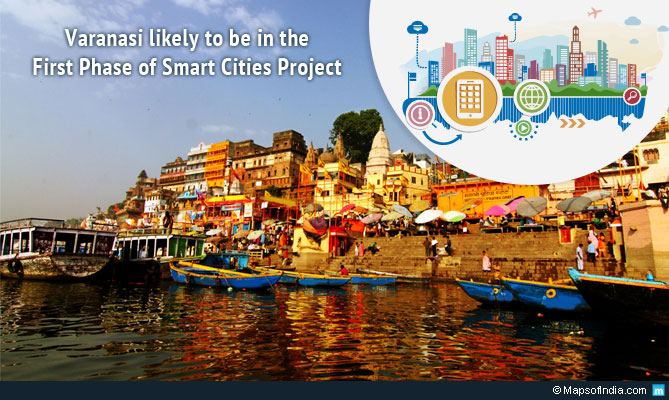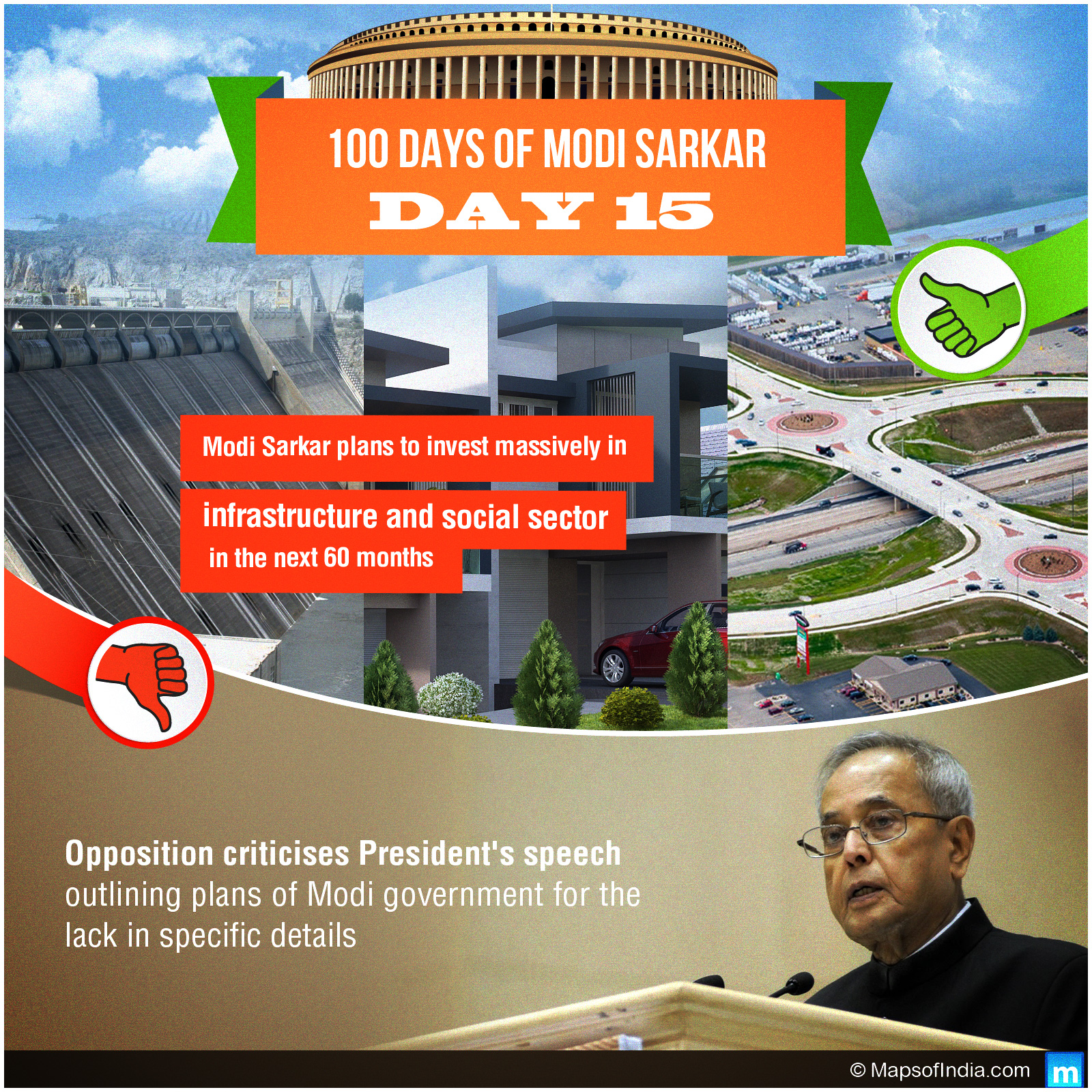The Indian Government had opted to do away with the Jawaharlal Nehru National Urban Renewal Mission (JNNURM) project, which was a major feature of the UPA regime. The NDA administration is now looking at the Smart Cities project. In the initial stages the project will primarily be limited to northern and central India along with Kochi in southern India. The cities planned are Faridabad, Dehradun, Gurgaon, Delhi, Haridwar, Jodhpur, Jaipur, Kanpur, Lucknow, Ajmer, Gwalior, Varanasi, Bhopal, Indore, Bodh Gaya and Allahabad. Arun Jaitley, the Union Finance Minister, has earmarked a sum of Rs 7,060 crore for the project. In the first phase three cities would be taken up with a high chance that Varanasi is going to be one of them.
The JNNURM was the flagship urban project of the UPA. It was supposed to cover 65 cities and there were at least 500 projects that were supposed to be completed in the years between 2007 and 2012. As part of the project it was envisioned that the targeted cities were supposed to be equipped with the very best in healthcare facilities and others that were supposed to make them better for living. The total expense of the project was estimated at Rs 1 lakh crore. All the States, including Delhi, had been given a two-year extension to complete the projects that were yet to be completed.
Rs 7 lakh crore to be spent
The Central Government had paid Rs 66,000 crore till March 31, 2014 for the project and the remainder to be borne by the States. Last heard, approximately 46 to 48% of the projects have not been completed. The Smart Cities project can be regarded as an extension of the UPA scheme. The project is supposed to go on for the next 20 years and cover 100 cities and Rs 7 lakh crore would be needed to complete the project. The High Power Expert Committee on Investment Estimates has estimated an average population of a million people in each of the cities and calculated the figure that needs to be pumped into the project.
One of the basic features of these cities would be that they would be technologically well-equipped and all the citizens will be able to access them. The cities are expected to have 100% recycling facilities that would make sure that very little waste is generated in them. The cities are also supposed to be educational hubs with the very best facilities for schooling as well as higher education. The recreational amenities available in these are also expected to be top drawer with sports venues, open centres, cultural hubs and plazas, which will enable people to enjoy their time in these cities.
Designs to align with local environment
When the Government closed the JNNURM project, the Prime Minister’s Office conveyed to the Urban Development Ministry that the services available in the smart cities should be dependable, sufficient and quality should not be compromised at any cost. Another unique feature of the project is that the creation and design of these projects would be dependent on the specific region – there would not be any particular pattern that would be followed at all the locations. For example, in Delhi the land pooling policy is supposed to be used to execute the project. Narendra Modi has also stated that he would appreciate if the cities could incorporate facilities such as governance that is based on technology that is backed up by continuous assessment of the same.
It is expected that the social infrastructure on offer in these cities would be the very best and technological innovations such as Wi-Fi zones would be commonplace. In fact these recreational facilities are expected to form the very core of the project as per Venkaiah Naidu, Urban Development Minister. The basic facilities such as 24-hour water and electricity supply will be ensured in these cities. As a ground rule, these cities are supposed to look clean.





